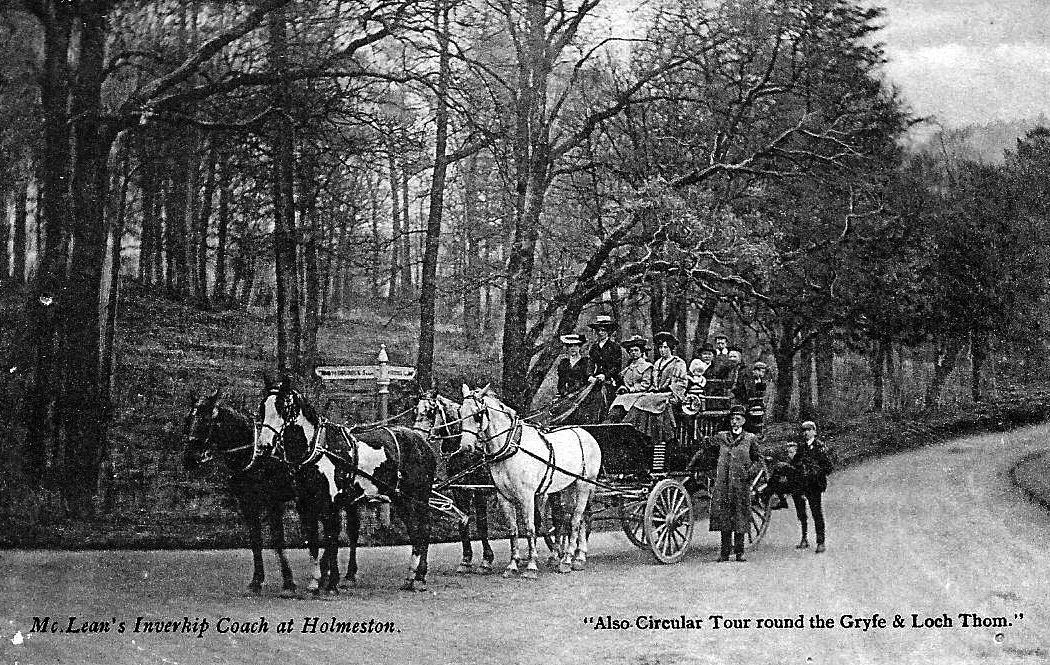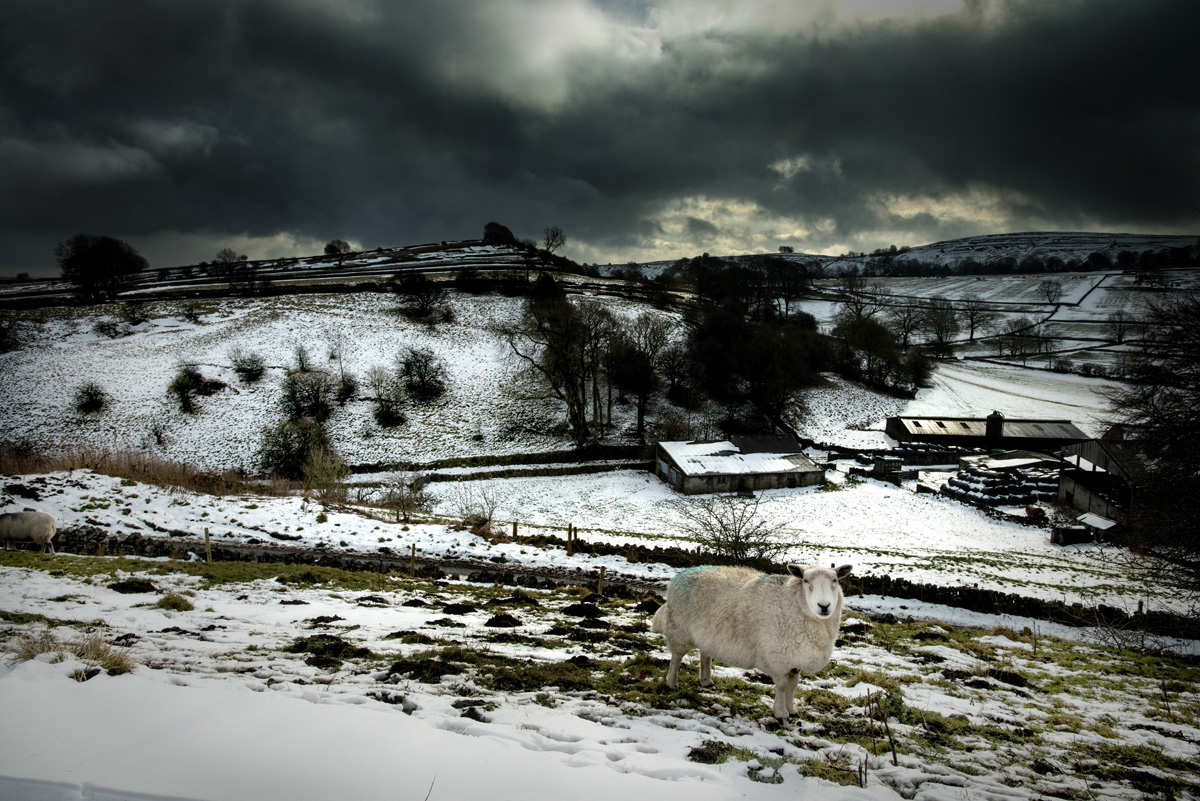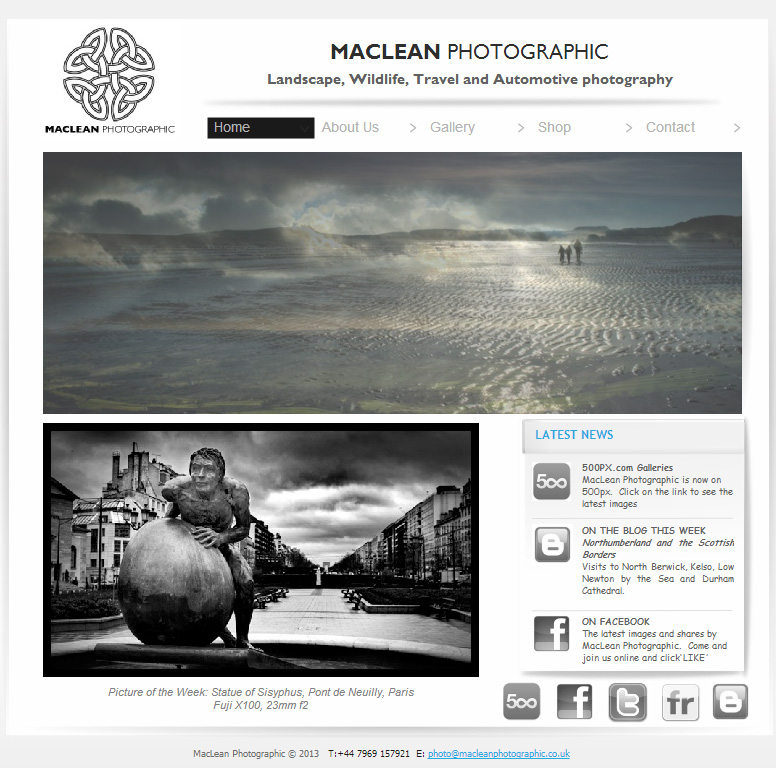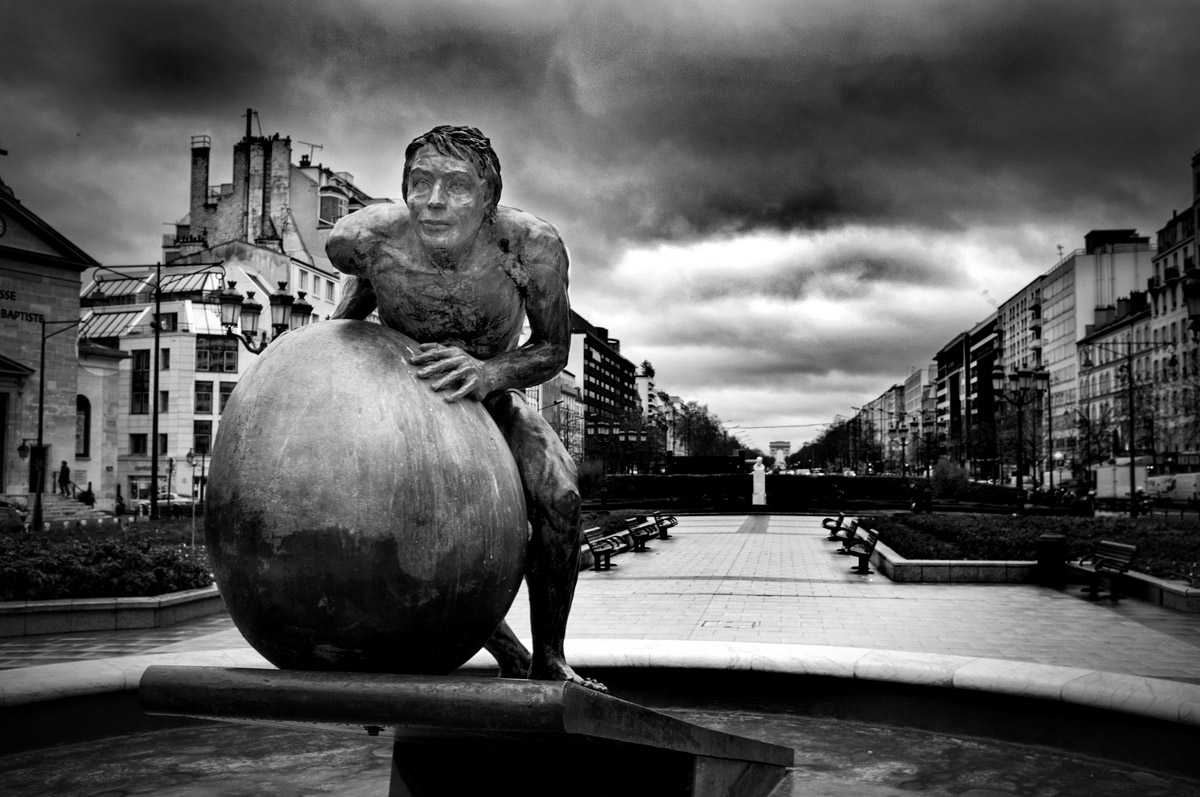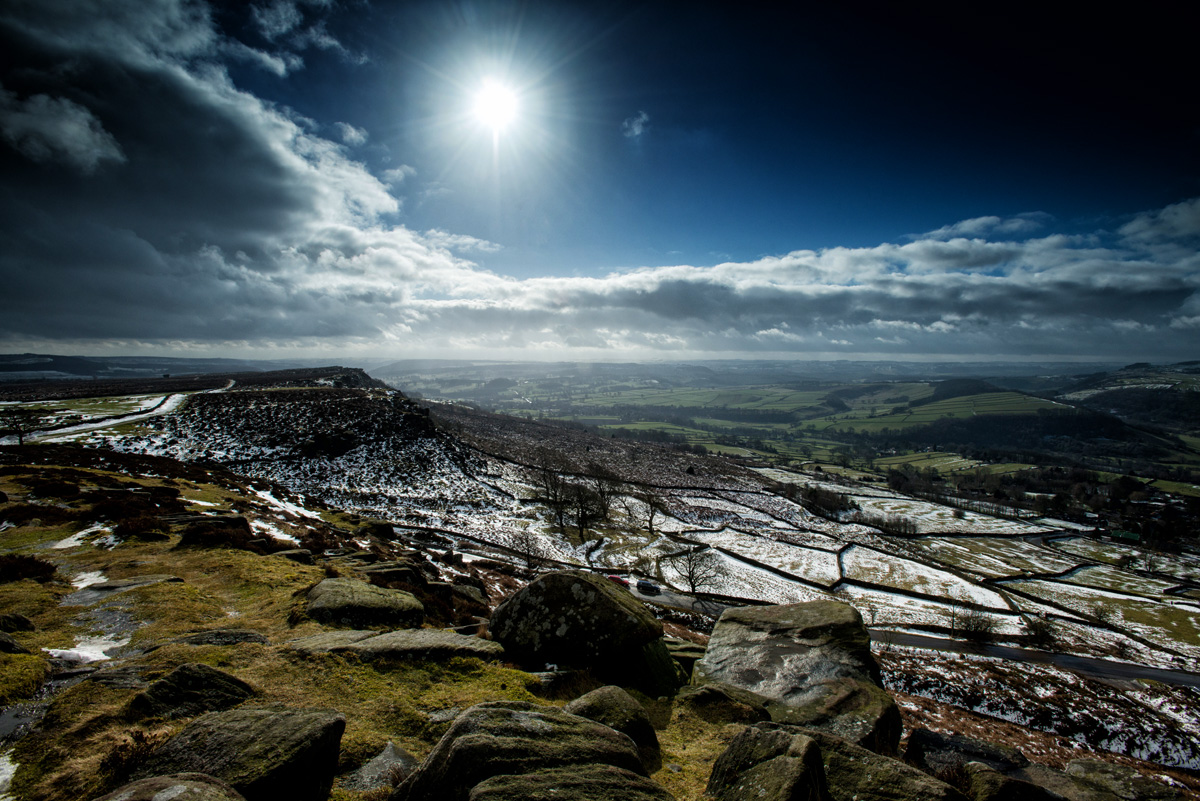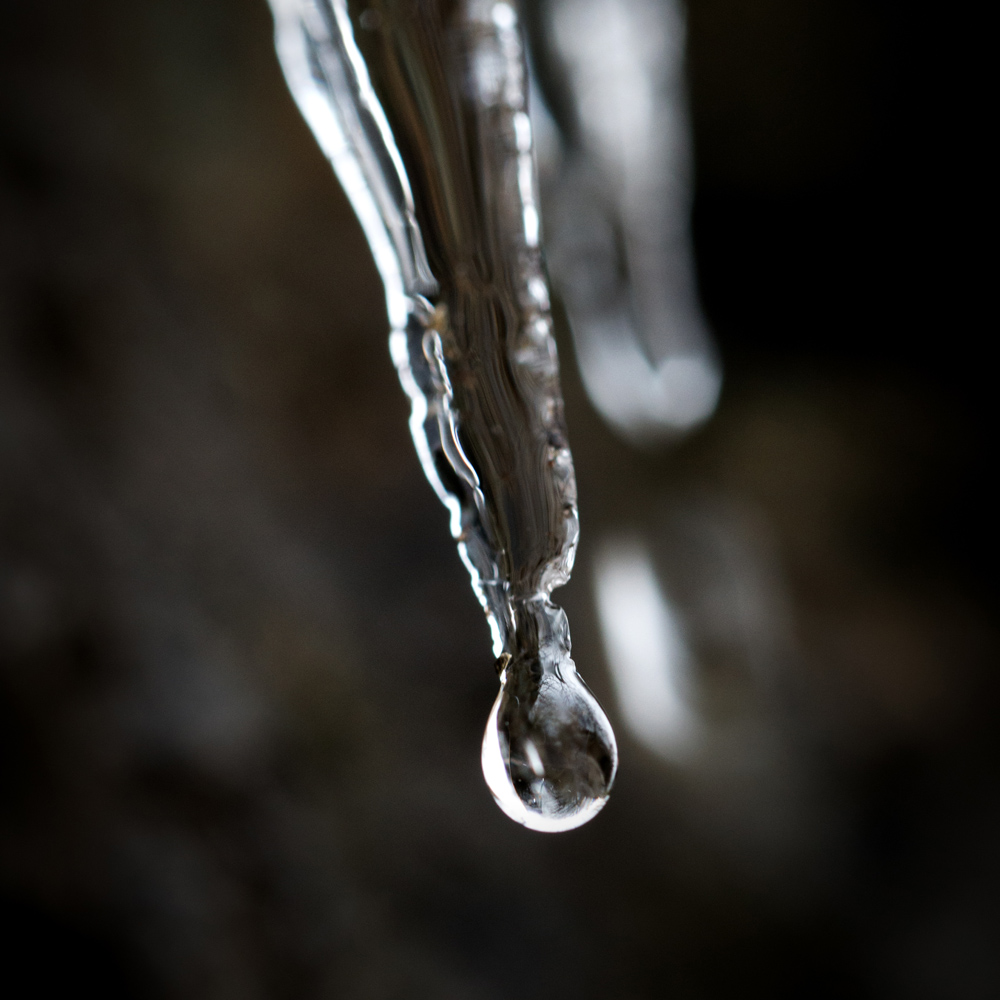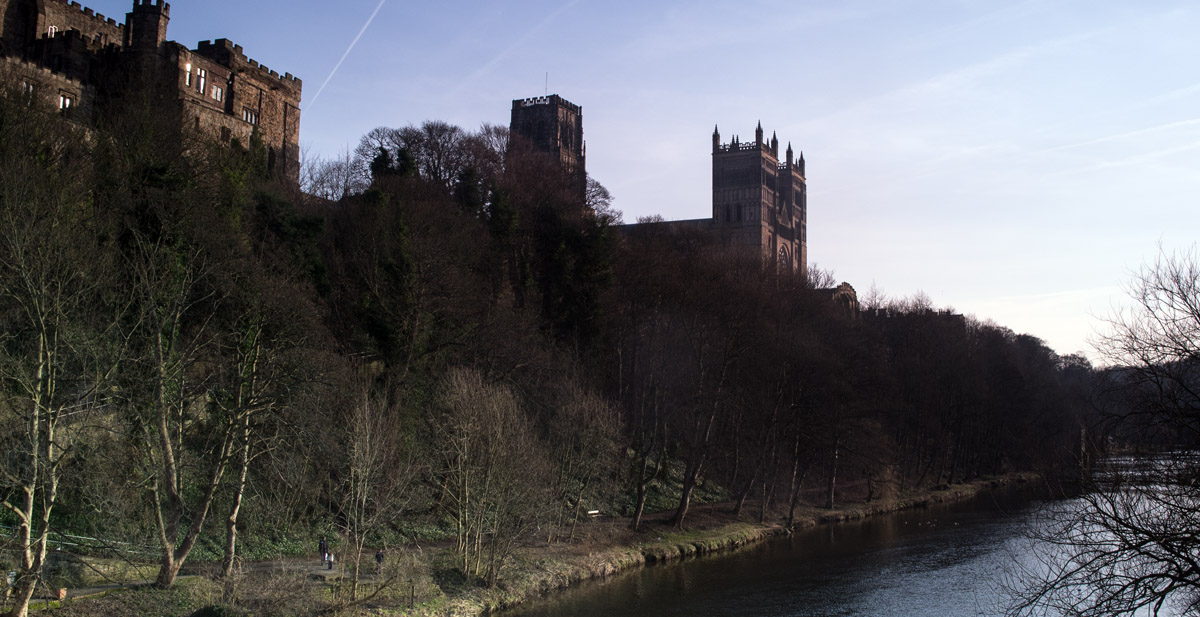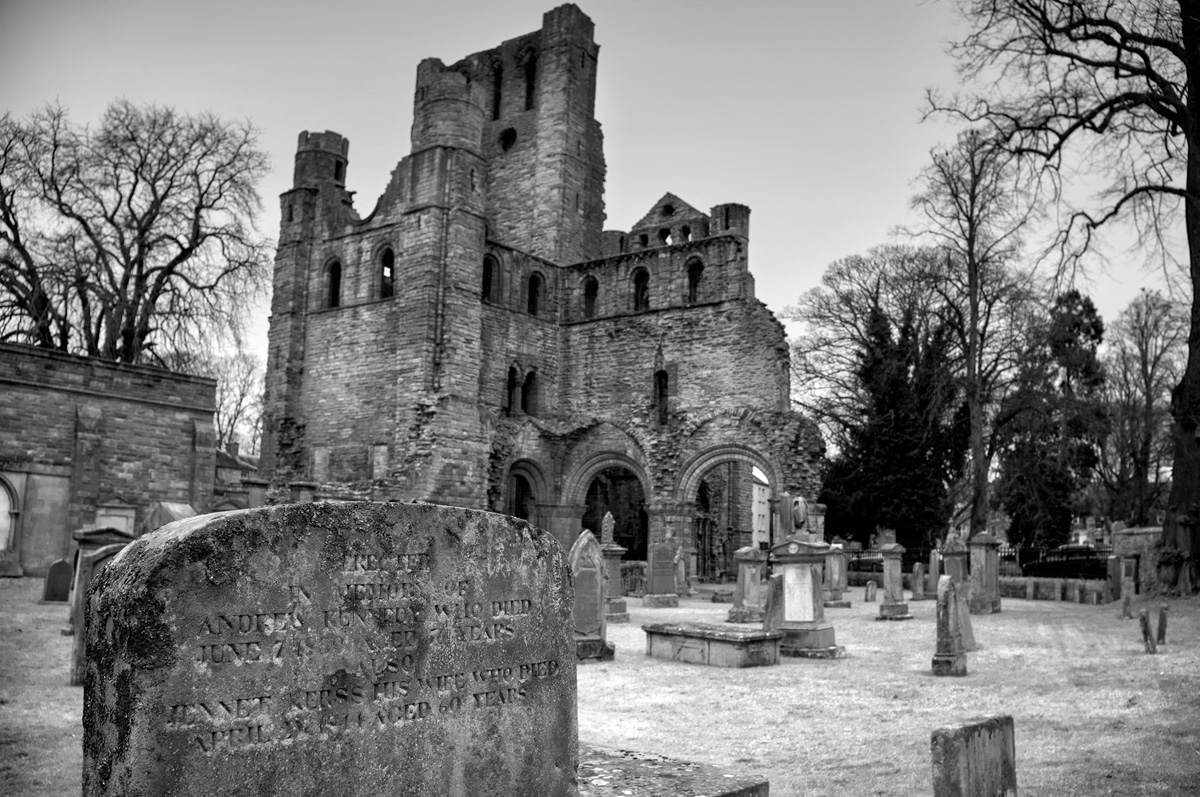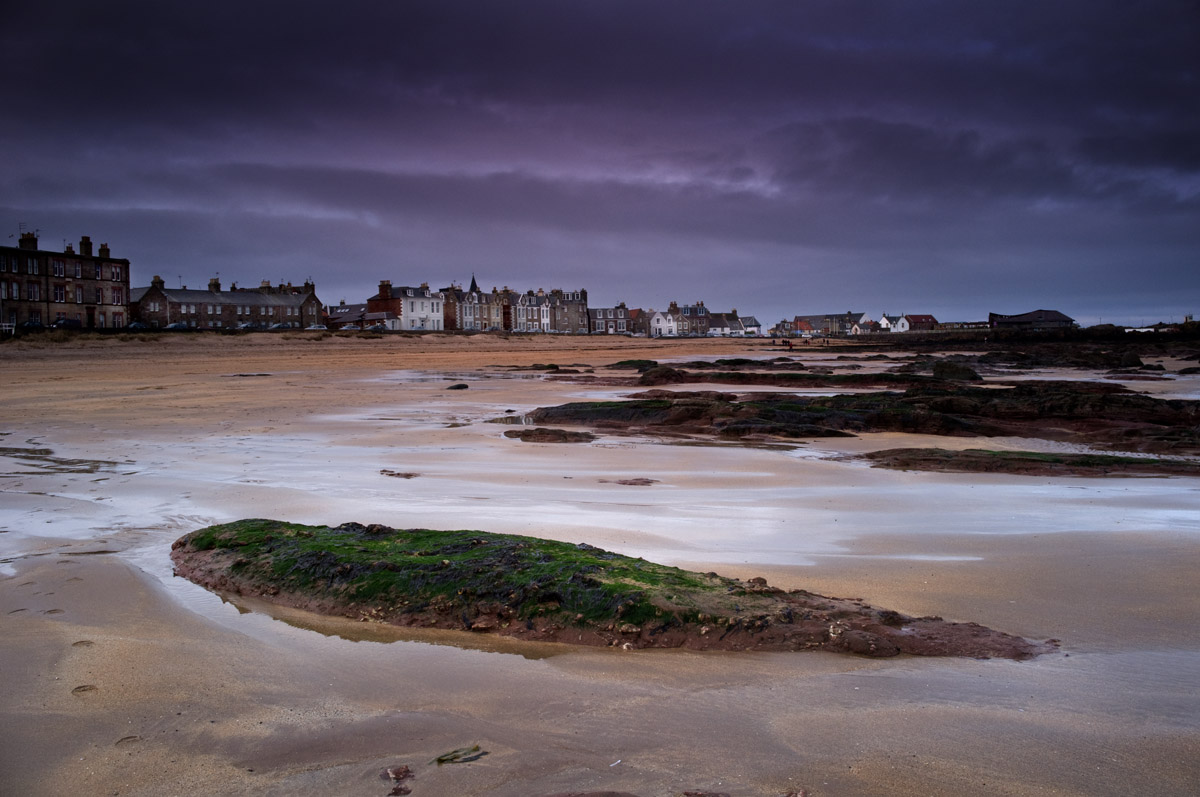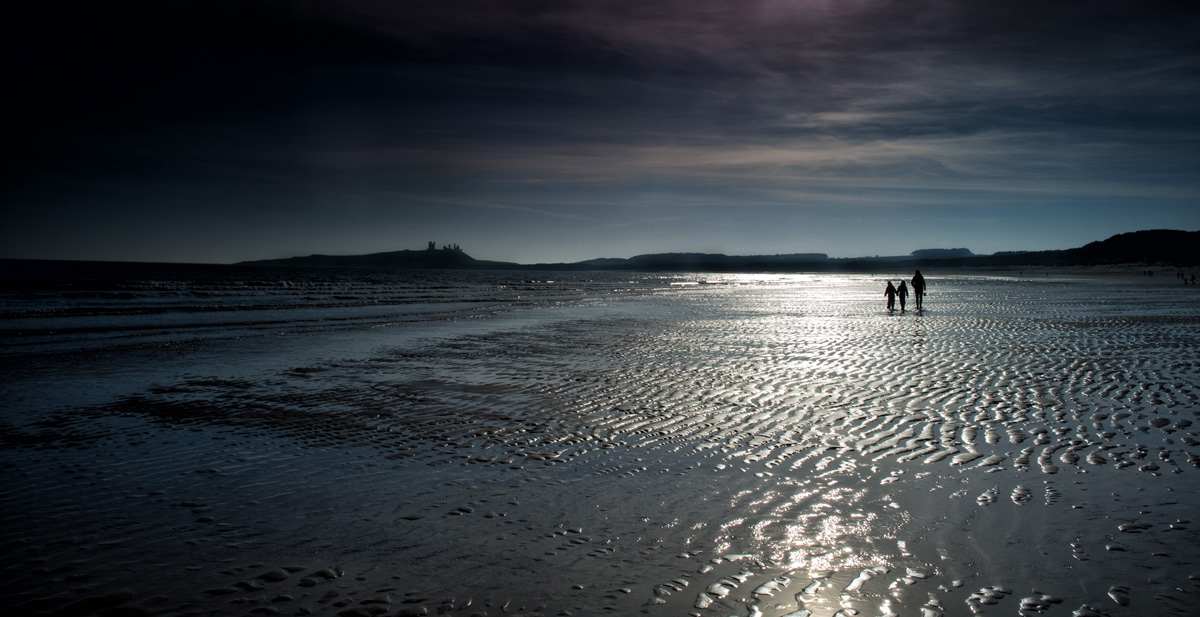Finding the Right Brand Image
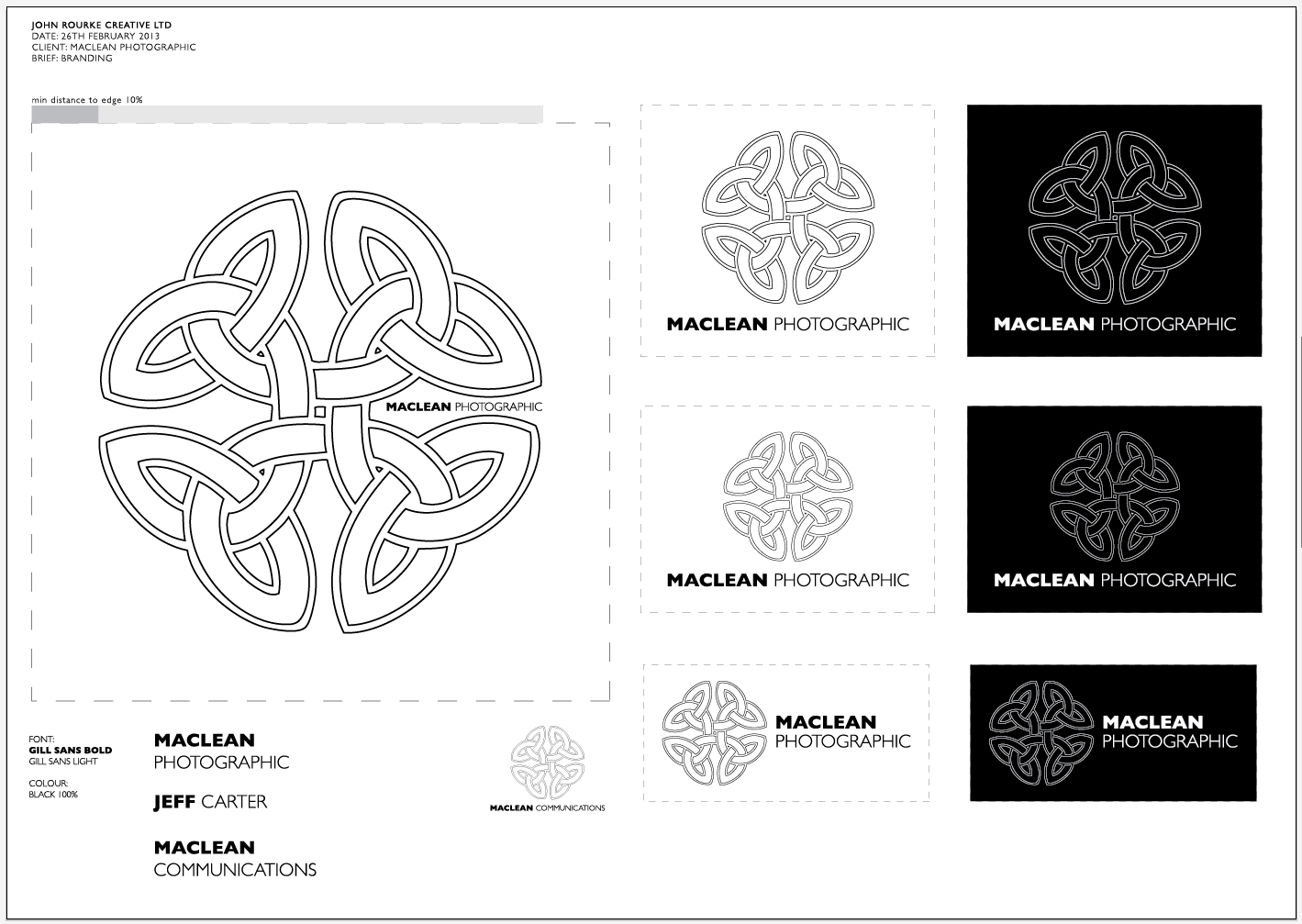
A brand logo is a difficult thing to get right and it has been a long journey to get to the point where I have now found something I am happy with. And this is the result of the hard work by John Rourke Creative . The journey started three years ago when I needed a separate brand identity for MacLean Photographic from my PR business MacLean Communications but it also had to reflect the fact that the photography side of my business was an extension of, and not separate to, the PR business - as a professional photographer it was an extra service I could offer my clients. In 1996, when I set up MacLean Photographic and Sporting Images, the first logo I adopted was a MacLean tartan background with a big 'M' in a old fashioned font. I don't have an electronic copy of that logo in my files but it was too complicated and too fussy, but at the time I didn't know any better. Fast forward to 2009 and the new logo was a take on the existing MacLean Communication
